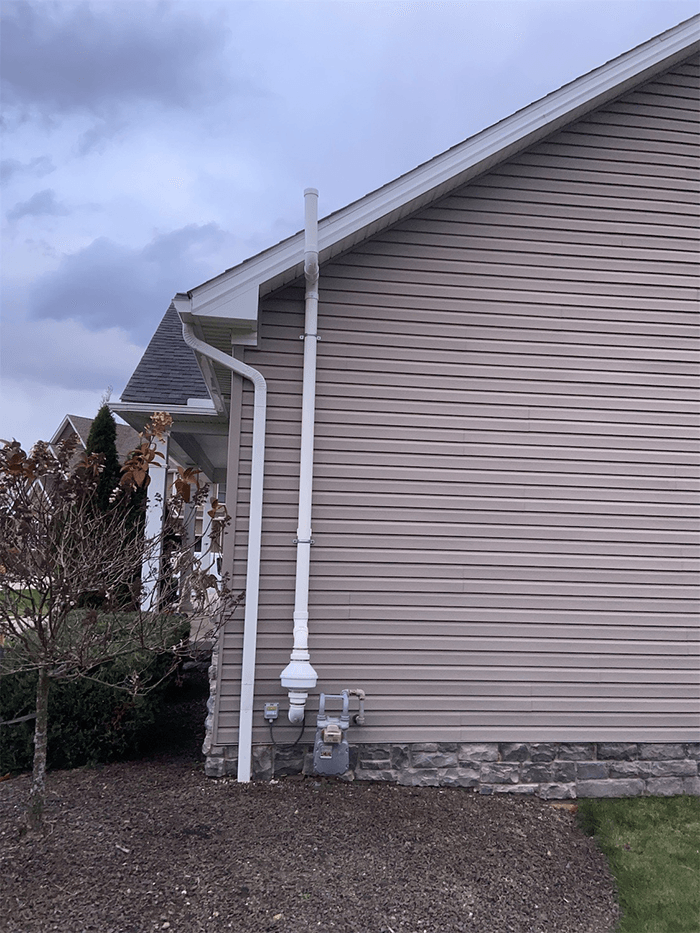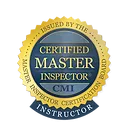Single-Family Homes
Radon Mitigation for
Single-Family Homes
As a homeowner, the health and safety of your family should be your top priority.
Exposing yourself and your loved ones to radioactive radon gas is not part of that plan.
You need a radon mitigation system that protects your family, and that’s exactly what Sharpshooter Radon Mitigation delivers.
We go the extra mile to ensure you get the right system that will reduce your home’s radon levels as low as possible, often below 1 pCi/L. Sharpshooter Radon Mitigation employs experienced and certified experts who are dedicated to keeping your family safe.

Radon Mitigation is Not an Exciting Purchase
It’s a Long-Term Investment in Your Home and Your Health
This is not the time for price shopping or cutting corners. When it comes to radon mitigation, we won’t be your cheapest option—but there’s a very good reason for that. At Sharpshooter Radon Mitigation, we always:
- Put the health and safety of your family above all else
- Work closely with you throughout the entire process
- Help you understand the importance of everything we do
- Pay attention to every detail
- Do things right the first time
Active Radon Mitigation Systems
You’ll likely need a drain tile depressurization (DTD) or sub-slab depressurization (SSD) radon reduction system. Both are active radon mitigation systems that will create a vacuum under your home to give the radon a proper escape route.
DTD systems utilize existing drain tile below the concrete floor of your home to create an easy path to pull the radon gas into the mitigation system. They are typically very effective at reducing radon concentrations and often the easiest and least expensive systems to install. However, in homes with drain tile, we often have to seal multiple air leaks. A finished basement makes it even harder to seal air leaks, meaning a more powerful radon fan may be needed. These high-flow systems do come at a price though, as it costs more to run a bigger fan and replace the conditioned air that is drawn into the radon system and exhausted outside.
If your home doesn’t have a drain tile system, then we’ll install an SSD system. They work by creating suction in a void created below the floor to draw the radon-laden soil gas into the radon system. The function of an SSD system is similar to that of a DTD system, however, instead of running collection points through a drain tile system, we drill directly into your home’s concrete floor. SSD systems often require more suction points and many also require a high-suction fan to effectively and efficiently remove radon from your home. Since they’re more complicated to test and design, SSD systems
are often more expensive than DTD ones.
To know if your active radon mitigation system is working, we install a U-tube manometer that measures the suction of the fan. If the fluid levels in the U-tube are different, the radon fan is working. If the fluid levels are equal at zero, the fan is not working, in which case you should call for service. In addition to the manometer, we offer a low airflow alarm that starts to beep within 30 seconds if the airflow in the pipedrops, indicating a problem. We also provide you with post-mitigation radon test kit to ensure the radon levels have dropped. This test can be run as soon as 24 hours after the system has been turned on.
Radon Mitigation System Diagnostic Testing
With any active radon mitigation system, the key to reducing radon levels as low as possible is to create a vacuum under your entire home. The only way to know if we’re achieving this is to take the time to do the diagnostic testing. Unfortunately, most mitigation companies do not do this. Don’t hire the “poke and hope” company. For example, if we create a suction point in the mechanical room in the basement, we need to confirm that the vacuum reaches the bedroom on the far side of the basement. If it doesn’t, the radon in your home is not being properly mitigated. Our diagnostic testing process ensures everyone in your family is protected from radon, regardless of where they are in your home.
Choosing the Right Radon Fan
We don’t take a one-size-fits-all approach when we select your home’s radon fan. An undersized fan may not lower your radon levels adequately, and an oversized fan costs more to run. Through our diagnostic testing process, we ensure we are installing a fan that’s right for your home.
Code requires us to install your radon fan in an unconditioned space. An unconditioned space is one that you don’t heat or cool, which is often an attic space or the exterior of your home.
Mitigating Crawl Spaces
We often take a phased approach to mitigating crawl spaces. Treating a crawl space can be expensive, but not always required.
First, we’ll design and install your home’s mitigation system to treat the basement. Then we’ll retest the radon levels in the basement and the room above the crawl space. If they are both low, then no further action is needed. If the level above the crawl space is high, we’ll recommend mitigation.
If left unaddressed, the radon from the crawl space will rise up into the living spaces above it, putting your entire family at risk.
SERVING NE OHIO
Summit, Portage, Cuyahoga, Medina, Wayne, & Stark County
UPFRONT & HONEST PRICING
Sharpshooter Home Inspections will NEVER try and up-sell or tack on “extras”.
OUR SERVICES
CONTACT US

All Rights Reserved | Sharpshooter Inspections

